In this article, you will learn and get to know about types of batteries, its benefits and drawbacks, and how they are utilized in various applications.
Contents
Introduction
Batteries are ubiquitous in everyday life, powering everything from torches and remote controls to automobiles and cell phones. There are many types of batteries available, each type of battery has its own chemical composition and energy conversion method. Understanding the distinctions between battery types is critical for achieving peak performance and a long lifespan.
What is a Battery?
Batteries are devices that transform chemical energy that has been stored into electrical energy. They are essential for powering a wide variety of gadgets and devices on which we rely every day. Batteries are essential for providing a portable and efficient source of power in everything from cell phones and computers to cars and satellites.
Our lives would be drastically different if we didn’t have batteries. They have transformed our world and had a tremendous impact on industries such as automotive, renewable energy, and aerospace. Rechargeable batteries are becoming increasingly popular as a sustainable and ecologically beneficial choice. We can continue to improve our lives and lessen our carbon footprint by investing in breakthrough battery technology.
Types of Batteries
Even though there are different types of batteries available. They are mostly categorized into 2 types.
- Primary Batteries
- Secondary Batteries
Primary batteries are disposable batteries that cannot be recharged once their energy has been utilized. These batteries are commonly used in low-power gadgets, including remote controls, flashlights, and some toys. Because primary batteries lack internal mechanisms for storing and reusing energy, they cannot be recharged.
Secondary batteries (also known as rechargeable batteries) are intended to be used repeatedly through charging and discharging procedures. These batteries are widely found in high-power gadgets such as cell phones, laptop computers, and electric vehicles. Secondary batteries are designed to store and reuse energy, and they are less expensive and less harmful to the environment than main batteries.
Although primary batteries are inexpensive and convenient, they may be inefficient in high-power usage scenarios. Secondary batteries are more dependable, long-lasting, and environmentally friendly, making them ideal for long-term use.
Primary Batteries
Primary batteries are disposable, single-use batteries that cannot be recharged. They directly transform chemical energy into electrical energy via a chemical reaction that occurs within the battery. They are made up of two electrodes an anode and a cathode separated by an electrolyte. When the battery is charged, electrons flow from the anode to the cathode, creating an electric current.
Primary batteries are found in a wide range of everyday gadgets, including remote controls, spotlights, cameras, and smoke alarms. They’re also utilized in medical devices like pacemakers, where dependability and longevity are crucial.
Types of Primary Batteries
We’re all familiar with the ubiquitous AAA and AA batteries, but primary batteries are available in a variety of shapes, sizes, and compositions to meet a variety of applications. Let’s take a deeper look at the many types of main batteries on the market today.
Alkaline Batteries

Alkaline batteries are the most common sort of primary battery, and you’ve most likely used them in flashlights or toys. They are made of manganese dioxide and zinc, and the alkaline electrolyte solution allows them to last longer and perform better than other types of batteries. Alkaline batteries are also inexpensive, making them a popular option for everyday use.
Zinc-Carbon Batteries

Zinc-Carbon batteries are the most ancient type of primary battery and are still manufactured today. They are made of carbon rod and zinc, and they work well at a minimal cost. They have a shorter shelf life, however, and operate poorly in high-drain devices or at cooler temperatures.
Lithium Batteries
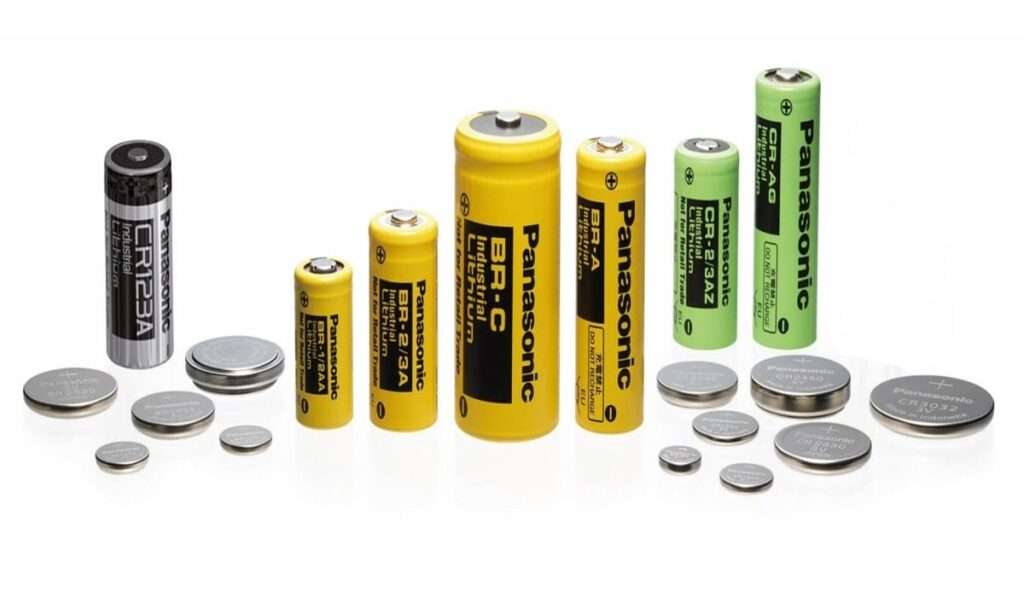
Lithium batteries are a relatively new type of primary battery in which the anode is made of lithium metal or a lithium compound. They have a longer shelf life, reduced self-discharge rates, and outperform alkaline batteries in high-drain devices. They are also more expensive but are appropriate for applications requiring high energy density, such as digital cameras or medical equipment.
Zinc-Air Batteries

Zinc-Air batteries are a form of primary battery that uses oxygen found in the air as the cathode. They have a high energy density and a long shelf life and are often utilized in hearing aids. They have to be exposed to air in order to function, making them unsuitable for devices that must be sealed.
Silver Oxide Batteries

Small devices such as watches and calculators frequently employ silver oxide batteries. They have a higher energy density than alkaline batteries and a longer shelf life. They are, however, expensive and can only be utilized in low-drain devices.
Advantages of Primary Batteries
Primary batteries hold a significant advantage over rechargeable batteries due to their several unique features. Here are some of the benefits of using primary batteries:
Convenience
For those who utilize small electrical gadgets that require less power, such as remote controls, portable flashlights, and smoke detectors, primary batteries are the most practical alternative. They are easily replaceable and do not necessitate complicated charging techniques.
Cost-effective
Primary batteries are reasonably affordable and offer excellent value for money. They don’t require any additional components for charging or maintenance, which saves you money and time.
Long-Lasting
Primary batteries have a longer shelf life and may be stored for a longer period of time than rechargeable batteries. They also have a greater operating temperature range, can operate in tough situations, and have a longer battery life.
Safe and Reliable
Because they do not require a charging mechanism, primary batteries are generally safer to use than rechargeable batteries. They are less prone to cause mishaps during use or storage because they do not generate heat or pressure.
Environment friendly
Because primary batteries are not rechargeable, they do not require an external energy source to recharge. It translates to energy savings and a smaller carbon footprint. It is also environmentally friendly as it does not contain heavy metals such as cadmium and mercury.
Disadvantages of Primary Batteries
Primary batteries are known for their convenience and portability, but they also have their disadvantages. In this article, we will discuss the disadvantages of primary batteries.
Limited Lifespan
A primary battery’s main downside is its short lifespan. All primary batteries have a limited time in which they can power a gadget. As the battery is non-rechargeable, it cannot be recharged once the battery got depleted. They have a finite storage capacity and will soon cease to produce power.
Non-rechargeable
Primary batteries cannot be recharged. They are single-use batteries that cannot be recharged and must be discarded once the energy has been utilized. Batteries become an environmental hazard since they contain dangerous chemicals that pollute the environment if not properly disposed of.
Storage
If primary batteries are not properly stored, they are prone to leakage. Leakage can harm both the equipment and the environment in which it is used. Keeping the batteries in a high-temperature environment could cause them to explode. Batteries lose their charge with time, thus they must be replaced on a regular basis.
Inconsistent Voltage
As the battery power runs out, the voltage output drops, causing the device to malfunction or shut down. One of the major disadvantages of primary batteries is inconsistency in voltage output, which impacts device performance.
Secondary Batteries
Secondary batteries, sometimes known as rechargeable batteries, are batteries that may be recharged by running an electric current through them in the opposite direction of their discharge. They operate on the electrochemical reactions that occur in the battery to store electrical energy for later use. These are typically constructed of rechargeable electrochemical cells that store energy in a chemical form that can be easily converted to electrical energy when needed.
Types of Secondary Batteries
Secondary batteries come in different types, each with distinct characteristics and benefits.
Lead-Acid Batteries
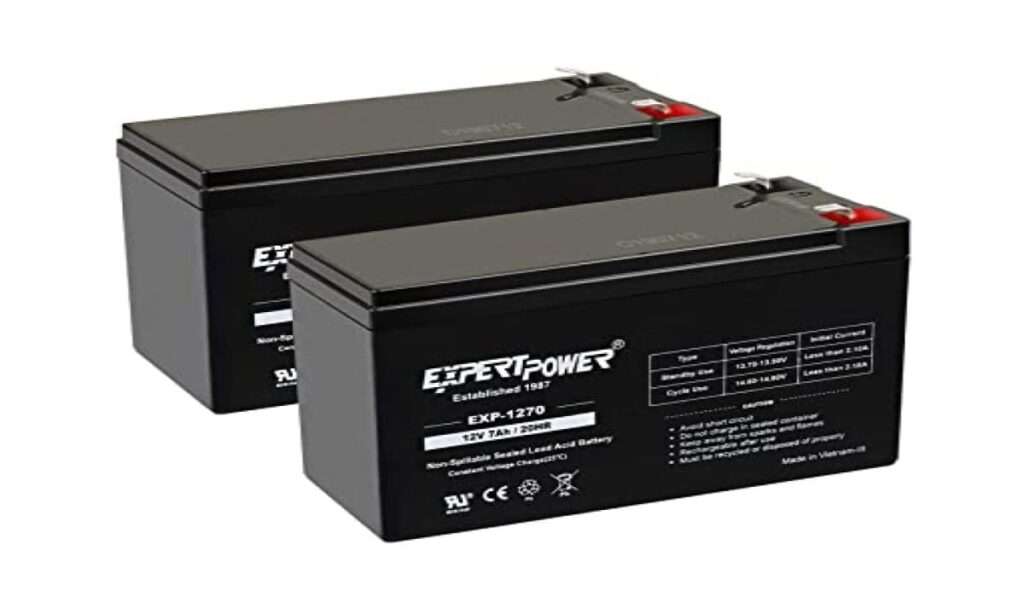
Lead-acid batteries are the most popular and oldest form of rechargeable battery. These batteries are made up of lead plates that have been soaked in sulfuric acid. Because they are heavy and bulky, they are unsuitable for portable devices. It has a high energy density and can deliver a lot of power in a short period of time. They are also less expensive than other types of batteries, making them ideal for usage in automobiles and uninterruptible power sources.
Nickel-Cadmium (Ni-Cd) Batteries

Portable gadgets such as power tools and digital cameras frequently use Ni-Cd batteries. They have a high energy density and are capable of withstanding high discharge rates. They are also long-lasting and can be properly maintained. They are, however, costly and contain poisonous cadmium, which is hazardous to the environment. Ni-Cd batteries are becoming less popular as a result of these drawbacks.
Nickel-Metal Hydride (Ni-MH) Batteries
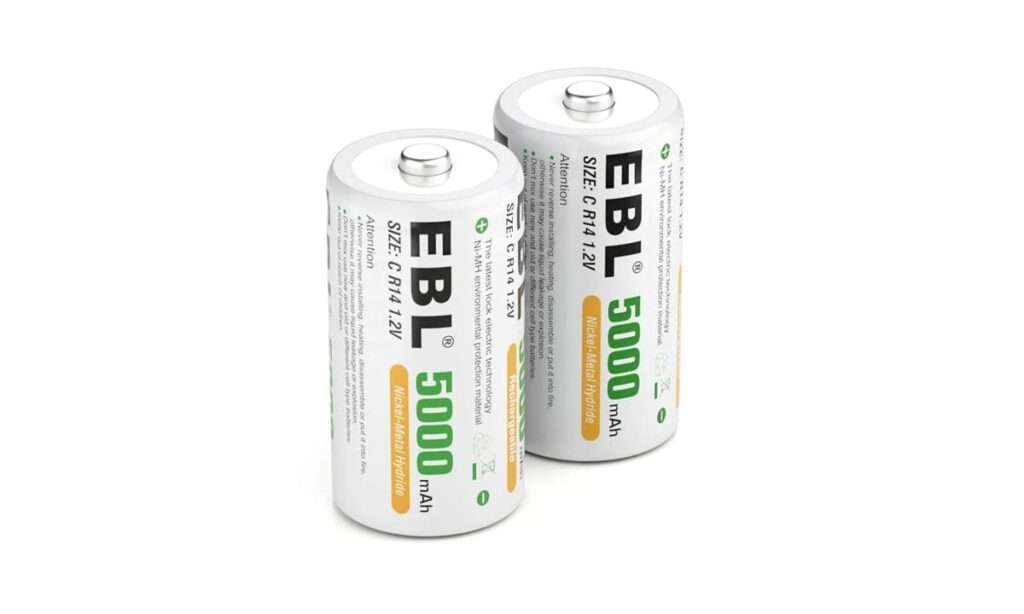
Ni-MH batteries are superior to Ni-Cd batteries. They have a higher energy density, are less poisonous, and live for a longer period of time. They are also Ni-Cd charger compatible, making them an excellent replacement for Ni-Cd batteries. They are often found in handheld devices such as electric razors and cordless phones.
Lithium-Ion (Li-ion) Batteries
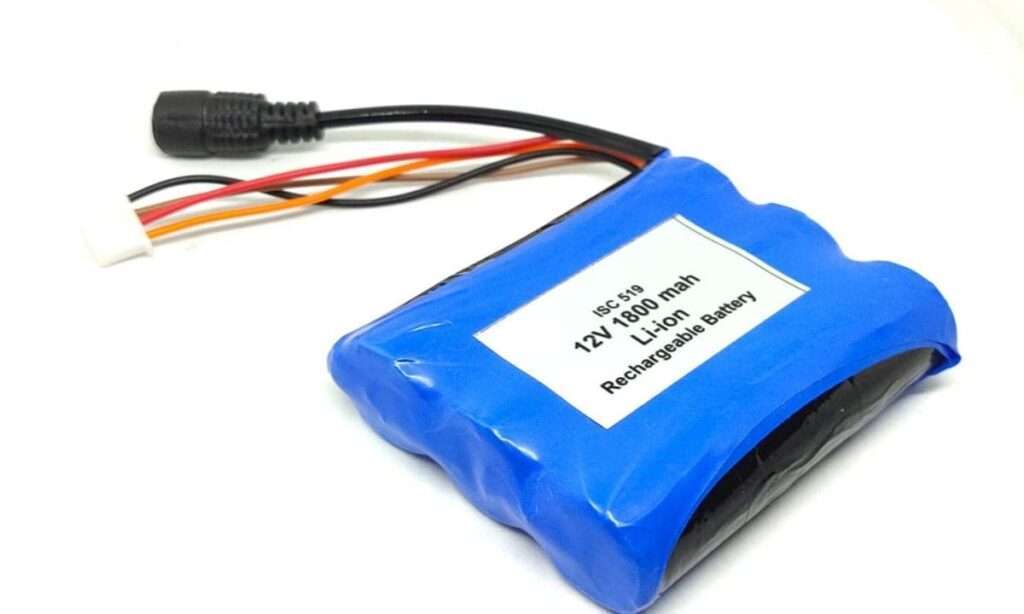
Li-ion batteries are the most common type of rechargeable battery found in portable devices such as cell phones and laptop computers. They have a higher energy density, are lighter, and last longer. They also have no memory effect, which means they may be recharged at any time without losing capacity. They are, however, expensive and, if not charged properly, can be harmful. They have a limited lifespan and must be replaced every few years.
Lithium-Polymer (Li-Po) Batteries
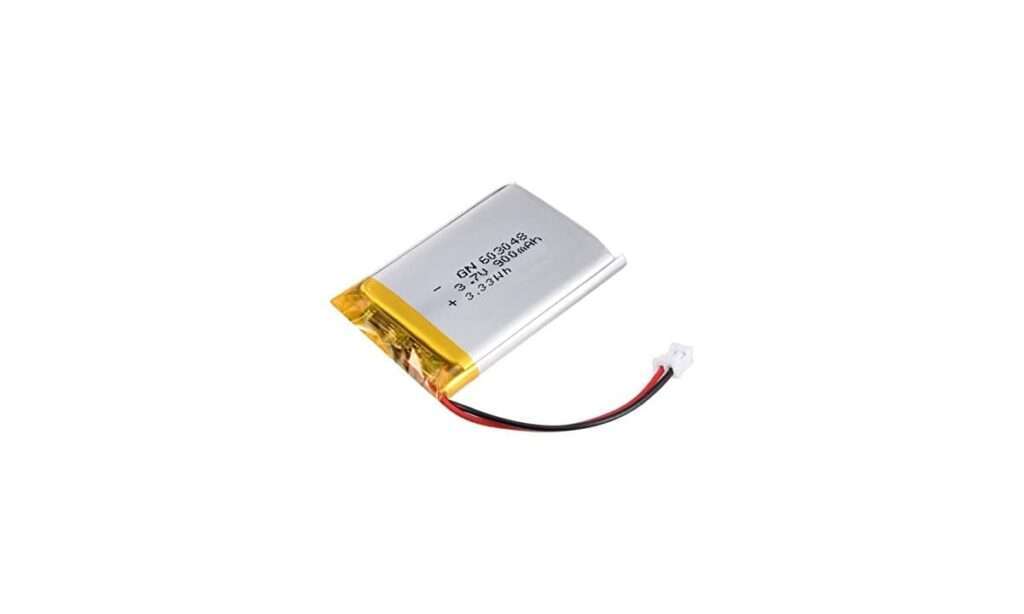
Li-Po batteries are similar to Li-ion batteries, but instead of a liquid electrolyte, it has a polymer electrolyte. As a result, they are lighter, thinner, and more flexible. They have lower internal resistance, which allows them to deliver more power in less time. Because of their great power density, they are often utilized in drones and RC cars. They are more expensive than Li-ion batteries, however, and have a shorter lifespan.
Advantages of Secondary Batteries
These batteries are designed to be recharged and to be used multiple times, making them an environmentally friendly and cost-effective alternative to disposable batteries. Below are some of the advantages of secondary batteries.
Lower Cost Over Time
While primary batteries are inexpensive when purchased, they can quickly become expensive over time. This is because primary batteries are intended to be used once and then discarded. This implies you’ll have to buy new batteries every time your present ones die. The cost of constantly acquiring fresh batteries might build up over time. Secondary batteries, on the other hand, maybe recharged and used several times, making them a more cost-effective solution in the long term.
Environmental Benefits
One of the most significant advantages of secondary batteries is their environmental friendliness. Disposable batteries contain harmful compounds that, if not properly disposed of, can harm the environment. Secondary batteries, on the other hand, can be reused several times, decreasing environmental battery waste. As a result, they are a more environmentally beneficial solution, especially if you use a lot of batteries in your daily life.
Convenience
Primary batteries are less convenient than secondary batteries. When a primary battery runs out, you must dispose of it and replace it with a fresh battery. This can be inconvenient, especially if you’re on the road or have limited battery capacity. You may easily reload secondary batteries and continue to use them. This saves time and money while also making it easier to always have a battery on hand when needed.
Variety of Options
Another benefit of secondary batteries is the range of alternatives. You are limited to the type and size of battery available for purchase when using main batteries. There are numerous secondary battery options available, including various chemistries and sizes. This means you may choose a battery that is ideal for your unique requirements rather than settling for a battery that is “good enough.”
Disadvantages of Secondary Batteries
However, secondary batteries also have their drawbacks. Below are some of the significant disadvantages of secondary batteries.
Limited life span
Secondary batteries have a finite lifespan. They can only be recharged so many times before degrading and losing their ability to hold a charge. This means that secondary batteries become less efficient with time, and consumers may need to replace them more frequently.
Environmental impact
Secondary batteries have the potential to have a substantial environmental impact. They are made up of several substances that, if not disposed of appropriately, can be detrimental to the environment. If they are discarded, they may end up in landfills or waterways, causing contamination and causing ecological damage.
Memory effect
Memory effect is a phenomenon that can impair secondary battery performance. It happens when the battery is not fully charged before being recharged, causing it to lose capacity over time. As a result, the battery’s total life may be reduced.
Cost
In general, secondary batteries are more expensive than primary batteries. Although rechargeable batteries can be recharged multiple times, the initial investment required to purchase one is higher. This can be a considerable drawback for people who need to buy several batteries.
Risk of overcharging
Secondary batteries are susceptible to overcharging, which can result in capacity loss or even explosion. Overcharging occurs when the battery continues to be charged after it has been fully charged. This can happen if the charging device is not set to stop charging when the battery is fully charged.
Conclusion
Finally, batteries have transformed the way we live our lives. They power everything from our cars to our cell phones and laptop computers, making our daily lives more convenient and efficient. Many different types of batteries have been invented over the years, each with its own set of advantages and disadvantages.
There is a battery type to match the needs of every device and application, ranging from the traditional lead-acid battery to the newer and more efficient lithium-ion batteries. With technological breakthroughs, we can expect to see even more types of batteries developed in the future, with higher efficiency and longer lifespan.
It is critical to keep the environmental impact of battery production and disposal in mind and to recycle batteries whenever possible. As we become more reliant on batteries in our daily lives, it is critical that we are aware of the various types accessible to us and make informed judgments about which type is most suited to our needs.
If you are curious about learning electronics, then check out our Basic Electronics category.
If you have any queries feel free to connect us on social handles Facebook